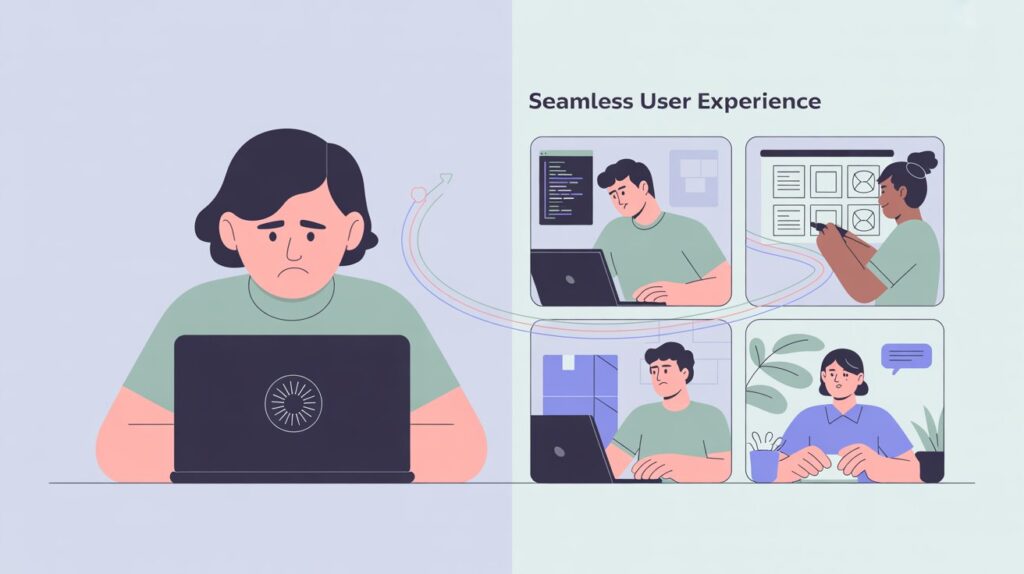At some point, customer experience stopped being just a “support” thing. These days, if someone gets stuck trying to pay a bill online or can’t reset their password, they don’t care which department’s responsible. They just want it to work.
That’s why digital customer experience has quietly become something every team touches, even if they don’t realize it. Engineers, designers, warehouse staff, product folks, finance… they all play a role.
We’ve All Felt It
You try to complete a simple task like checking your order status or fixing a profile error and you hit a wall. The site freezes. Or the chatbot sends you in circles. Or worse, the support agent doesn’t know the history of your issue.
You’re not just frustrated. You’re wondering if it’s worth trying again next time.
That’s the reality companies are up against. People don’t separate tech problems from brand problems. It’s all the same experience. And that experience is mostly digital now.
The Invisible Teams Behind Every Click
While marketing might manage the look and feel of a site, someone else built the systems that determine whether those tools actually work. If a loyalty discount doesn’t apply at checkout, it might not be a UI issue; it could be how two databases are (or aren’t) talking to each other.
This is why DCX isn’t something one team can fix alone. It’s a patchwork of decisions, updates, and systems that all feed into the customer’s perception of a company. And more often than not, that perception forms fast—and sticks.
The Bar Has Moved
There was a time when simply having a decent website or app felt innovative. Not anymore. Now, people expect smooth, personalized, and mobile-friendly experiences. If a brand doesn’t deliver that, customers quietly drift toward one that does.
The trick is, a lot of the problems customers face don’t show up in big ways. They show up as slow response times, clunky navigation, or confusing language. Individually, they may seem small, but together, they drive people away.
Everyone’s Involved, Even If They Don’t See It
A developer tweaking backend code. A product manager setting feature priorities. Someone on the inventory team scanning returns. These roles may not feel “customer-facing,” but their choices shape whether a customer gets a seamless or frustrating experience.
When companies start seeing DCX as a shared responsibility—not just something for CX teams or customer support—it changes the way work gets done. People start thinking more about the end-user, even when their job is two steps removed from the customer.
Real Progress Starts with Listening
Instead of running endless surveys or guessing what people want, look at how they’re actually using your tools. Where do users pause in a form? Where do they abandon a cart? When do they reach out for help?
Small insights from behavior often point to big flaws in design or structure. And fixing those often doesn’t require a massive budget, just some coordination.
No Need to Overhaul Everything
Improving digital experience doesn’t mean ripping everything out. Often, it starts with identifying one place where users are consistently getting stuck, then smoothing it out. Do that a few times, and you start to build momentum.
One fix leads to another. Teams begin collaborating more. And gradually, the entire customer journey starts to feel less fractured.
It’s Quiet Work—but It Matters
You might not see headlines about companies investing in better data syncing or improving internal handoffs, but those are the things that make digital experiences actually feel effortless.
Behind the scenes, firms help companies stitch together better customer journeys by aligning systems, teams, and processes—not just adding new tech on top.
Because the best experience isn’t the flashiest one. It’s the one that works, without making you think twice.

